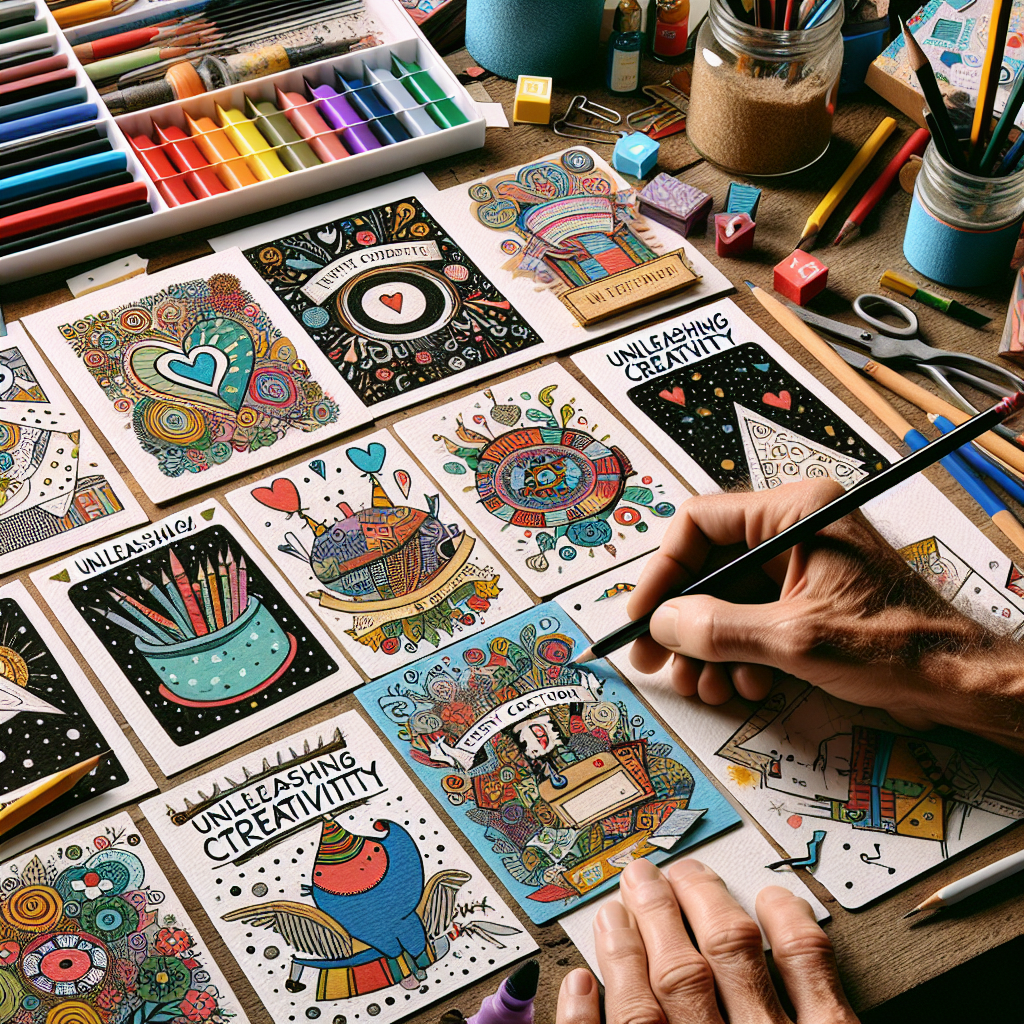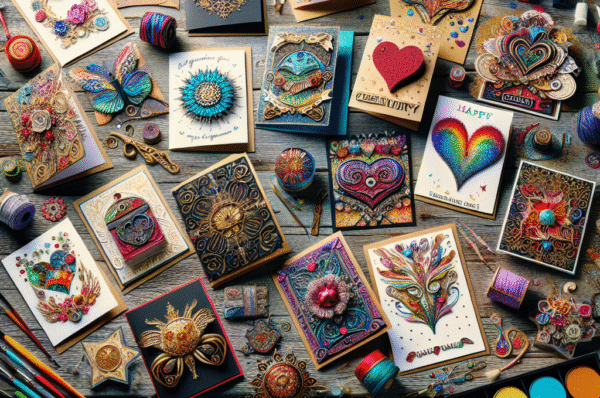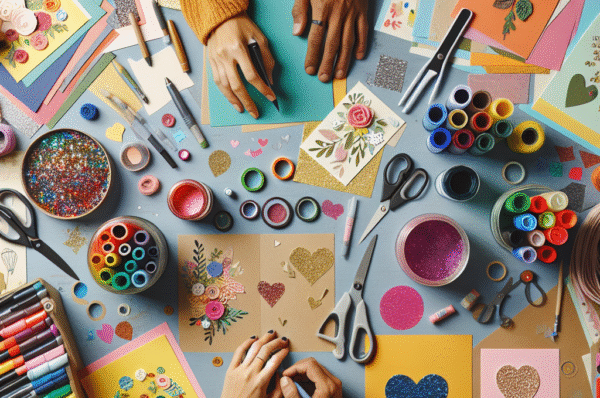In today’s fast-paced digital world, where a quick text or a hasty email often suffices, custom cards have emerged as a beautiful way to convey feelings and sentiments that simply can’t be captured through screens. Custom cards breathe life into your thoughts and allow you to express your creativity. Whether it’s a birthday, wedding, holiday, or just because, custom cards can elevate any occasion. This ultimate guide serves as your gateway into the vibrant world of custom card creation, covering everything from designing to delivering the perfect card.
Why Choose Custom Cards?
Personal Touch
The charm of a custom card lies in its personal touch. Sending a card that reflects the recipient’s interests or the occasion at hand shows thoughtfulness and consideration—an authenticity that generic cards often lack.
Unleashing Your Creativity
Creating custom cards is not just a simple task; it’s an opportunity to unleash artistic expression. Whether you’re doodling, painting, or digitally designing, the process is both fulfilling and inspiring.
Memorable Keepsakes
Custom cards become cherished keepsakes that recipients can treasure. A beautifully crafted card with a handwritten message is far more meaningful than a text message that can easily be forgotten.
Getting Started: Materials and Tools
Traditional vs. Digital
Before jumping into design, choose between traditional handmade cards and digital designs. Each method offers unique benefits.
-
Traditional Cards: Use cardstock, watercolor paints, markers, washi tape, and embellishments like stickers or ribbons to create tactile, visually striking cards.
- Digital Cards: Use design software such as Adobe Spark, Canva, or even mobile apps tailored for card creation. Create graphics, choose fonts, and add personalized images to craft stunning digital displays.
Essential Supplies for Handmade Cards
- Cardstock (various colors and textures)
- Cutting tools (scissors, guillotine)
- Adhesives (glue, double-sided tape)
- Coloring materials (markers, colored pencils, watercolors)
- Decorative items (stickers, stamps, ribbons)
Digital Tools
- Graphic Design Software: Adobe Illustrator, Canva, or Photoshop for comprehensive card design.
- Templates: Many websites offer free templates that can be customized.
- Printing Services: Consider local print shops or online services like Vistaprint to bring your flawless digital designs to life.
Designing Your Custom Card
Establish the Occasion
Identify the occasion—whether it be a birthday, wedding, holiday, or sympathy. What message do you want to convey? This will guide your design choices, from colors to typography.
Personalizing the Message
- Greeting: Start with a warm greeting that fits the tone. A humorous birthday card might start with a funny one-liner, while a heartfelt sympathy card will have a more somber greeting.
- Body Text: Tailor the message to connect with the recipient’s experiences. Personal anecdotes or memories can add depth.
- Closing: End with a warm closing to wrap up your heartfelt message.
Choosing Colors and Themes
Colors evoke emotions. Choose palettes that reflect the mood of your message—pastels for gentle occasions, bright colors for celebrations, or muted tones for reflective moments. Themes can also be inspired by the recipient’s hobbies or favorite things.
Typography Matters
Select fonts that match the card’s tone—a playful script for a lighthearted card or elegant serif fonts for formal events. Ensure readability while maintaining style.
Creating a Unique Design
Use of Imagery
Incorporate personal photographs, illustrations, or symbolic graphics that resonate with the occasion and recipient. Tools like Photoshop can help blend images seamlessly into your card design.
Add Interactive Elements
Consider making your custom card interactive. This could include pop-up elements, QR codes leading to video messages, or even simple cut-outs that surprise and delight.
Crafting Techniques
Experiment with unique techniques like embossing, foiling, or die-cutting to elevate your card. These methods provide tactile experiences that charm recipients.
Final Touches: Printing and Delivery
Quality Matters
If you’ve created a digital card, opt for high-quality paper or cardstock. For handmade cards, ensure your materials give a polished, professional finish.
Handwritten Notes
Nothing beats the authenticity of a handwritten message. A quick overview of your thoughts will make your card feel more intimate.
Mailing Your Card
Choose a suitable envelope that complements your card design. Seal it with a personalized sticker or wax seal for an added touch of sophistication. Don’t forget to address it with care.
Conclusion: Creativity Awaits
Custom cards are a beautiful blend of artistry and sentiment, crafted to celebrate relationships and life’s moments in a unique way. With tools and techniques at your disposal, the possibilities for creativity are endless. Embrace the joy of sending a touch of your heart and creativity with each card you create. Whether you go the traditional route or explore the digital realm, the journey of card-making not only brings you closer to your artistic self but also bridges relationships with loved ones. So, unleash your creativity today and make every occasion special with a custom card!




